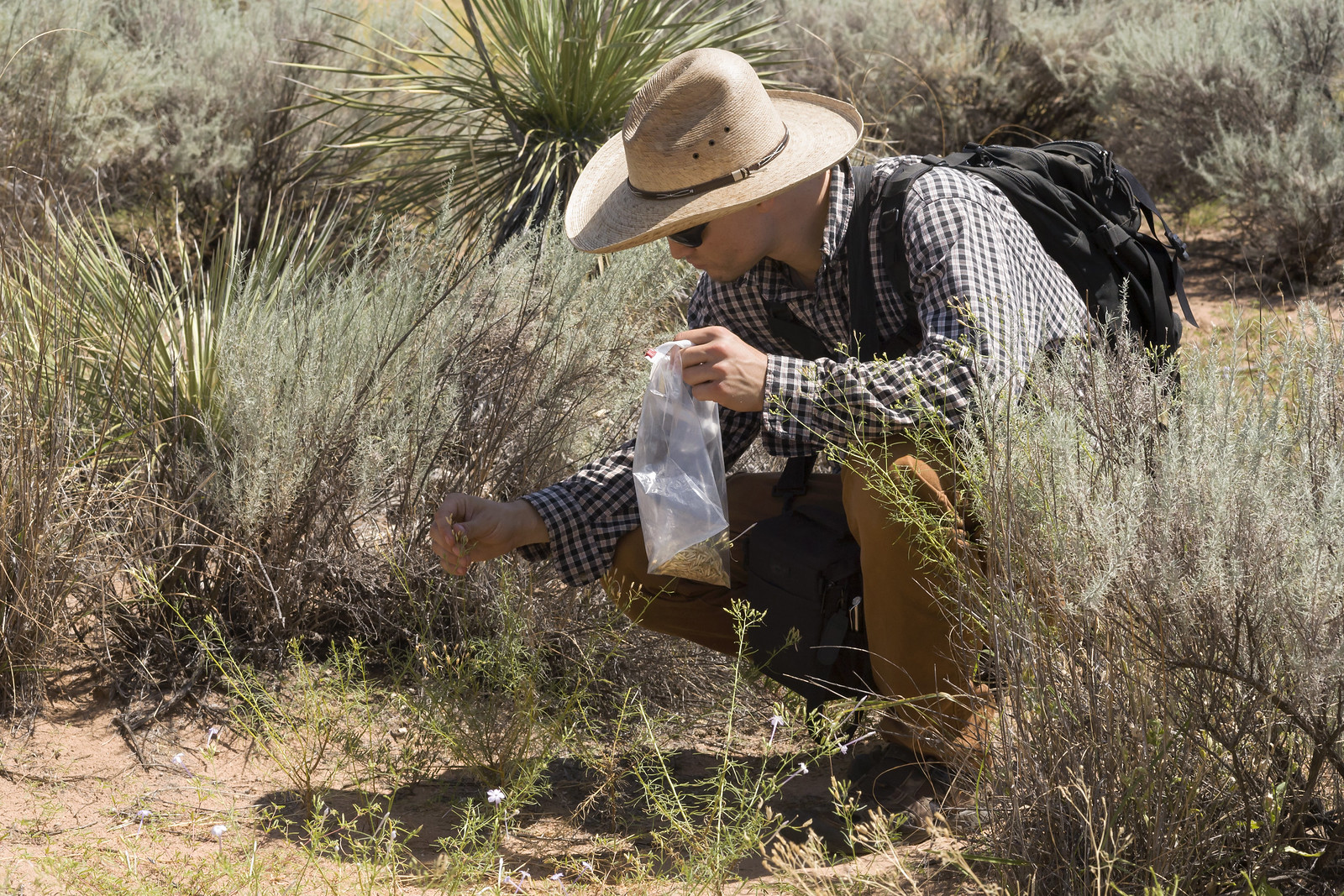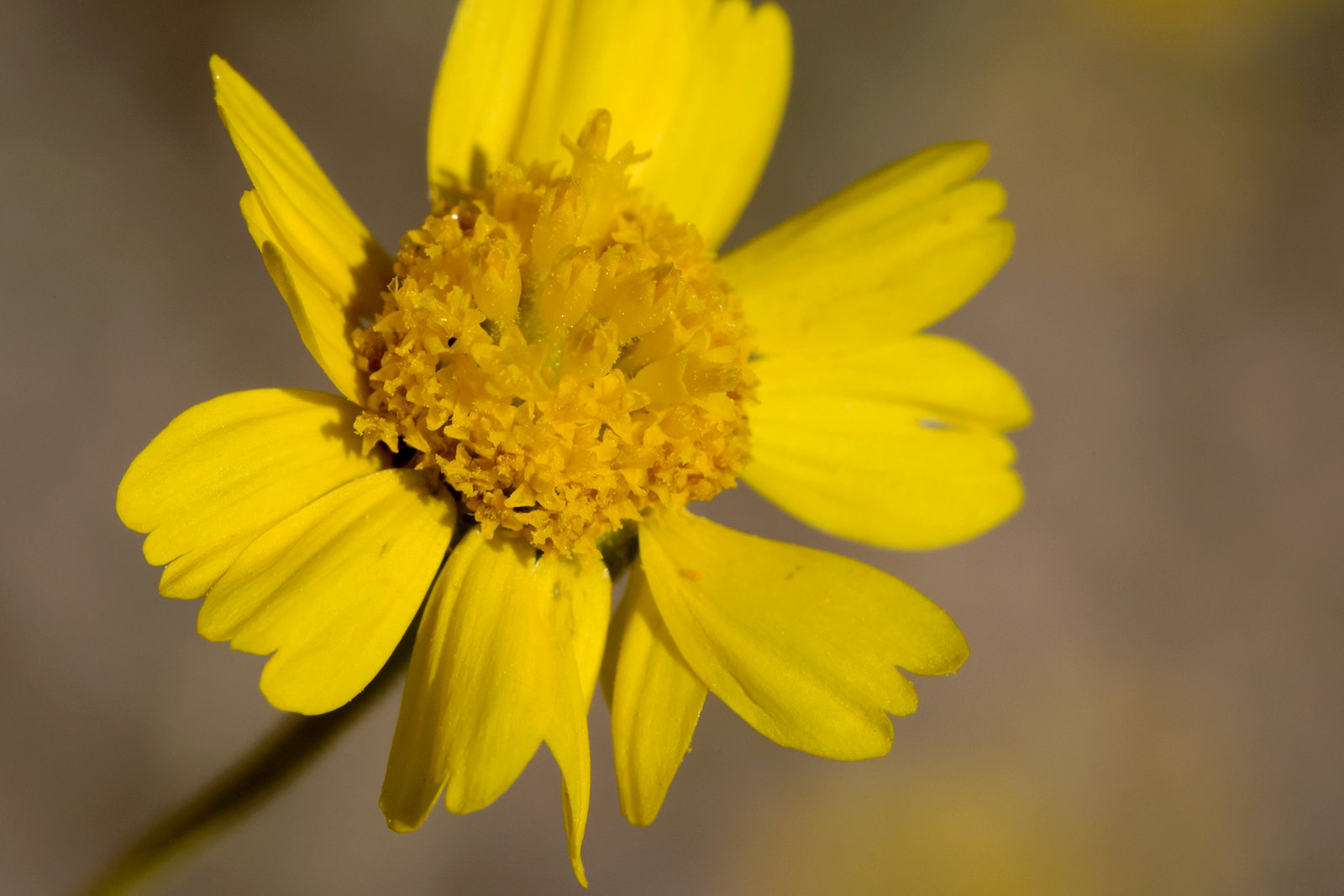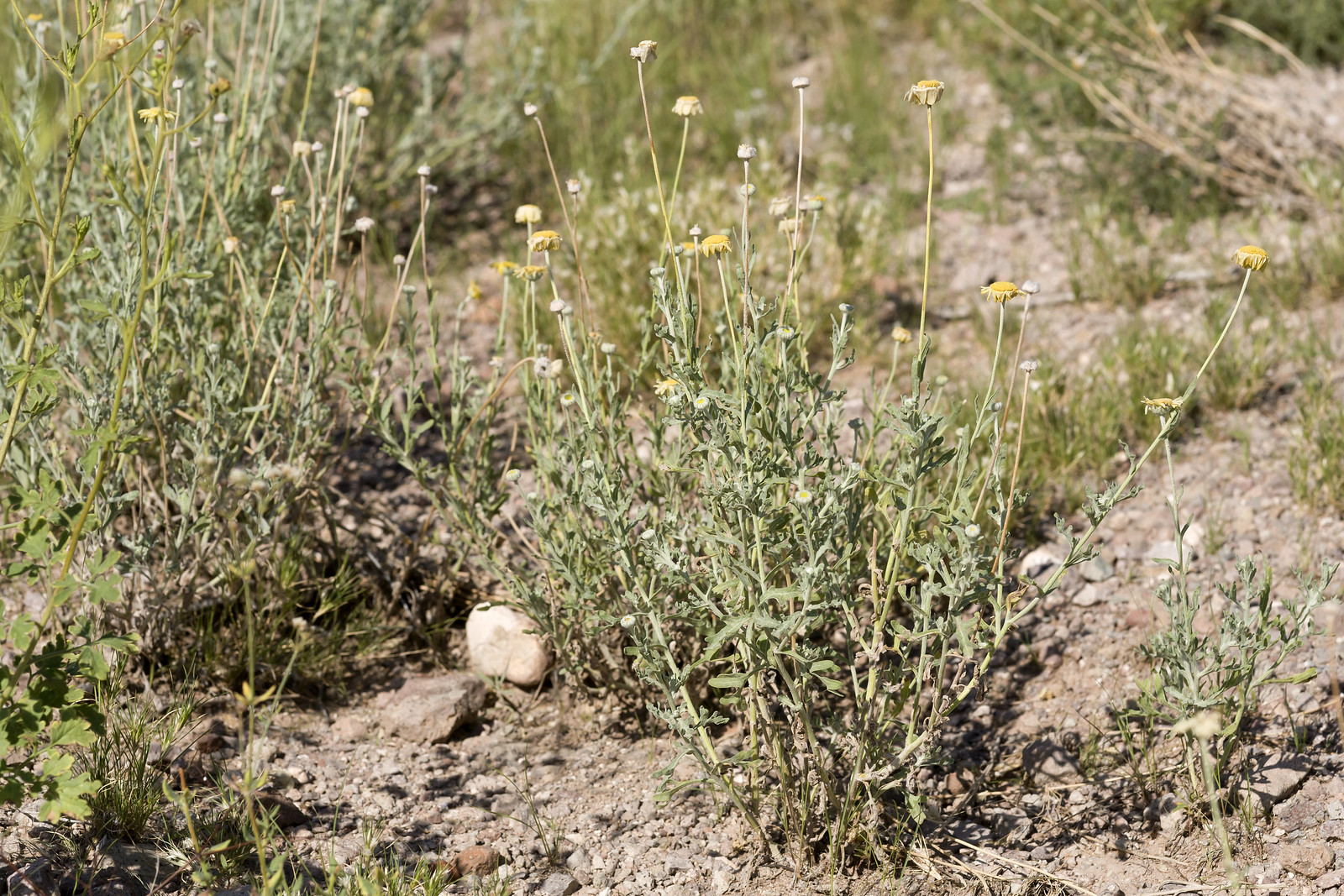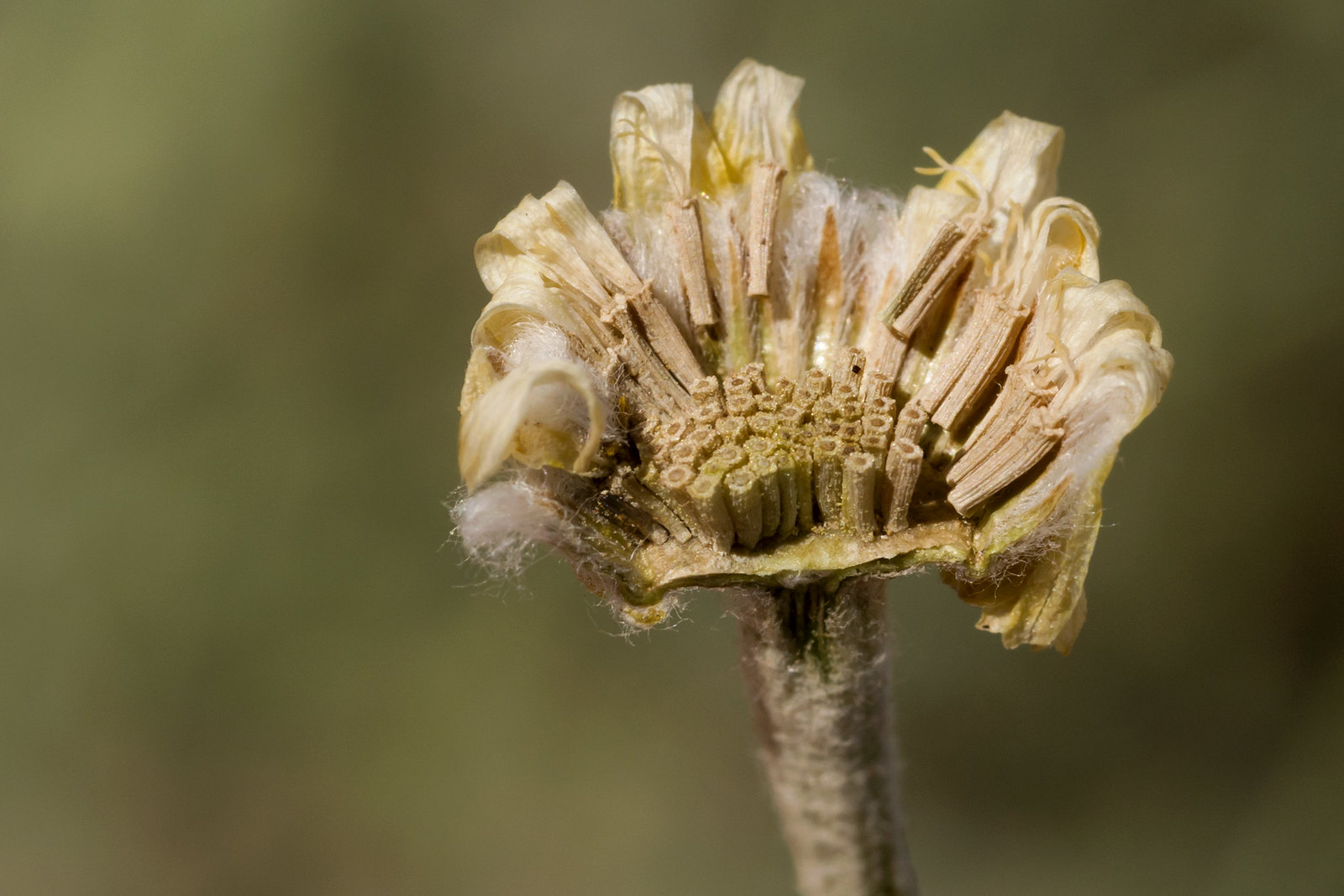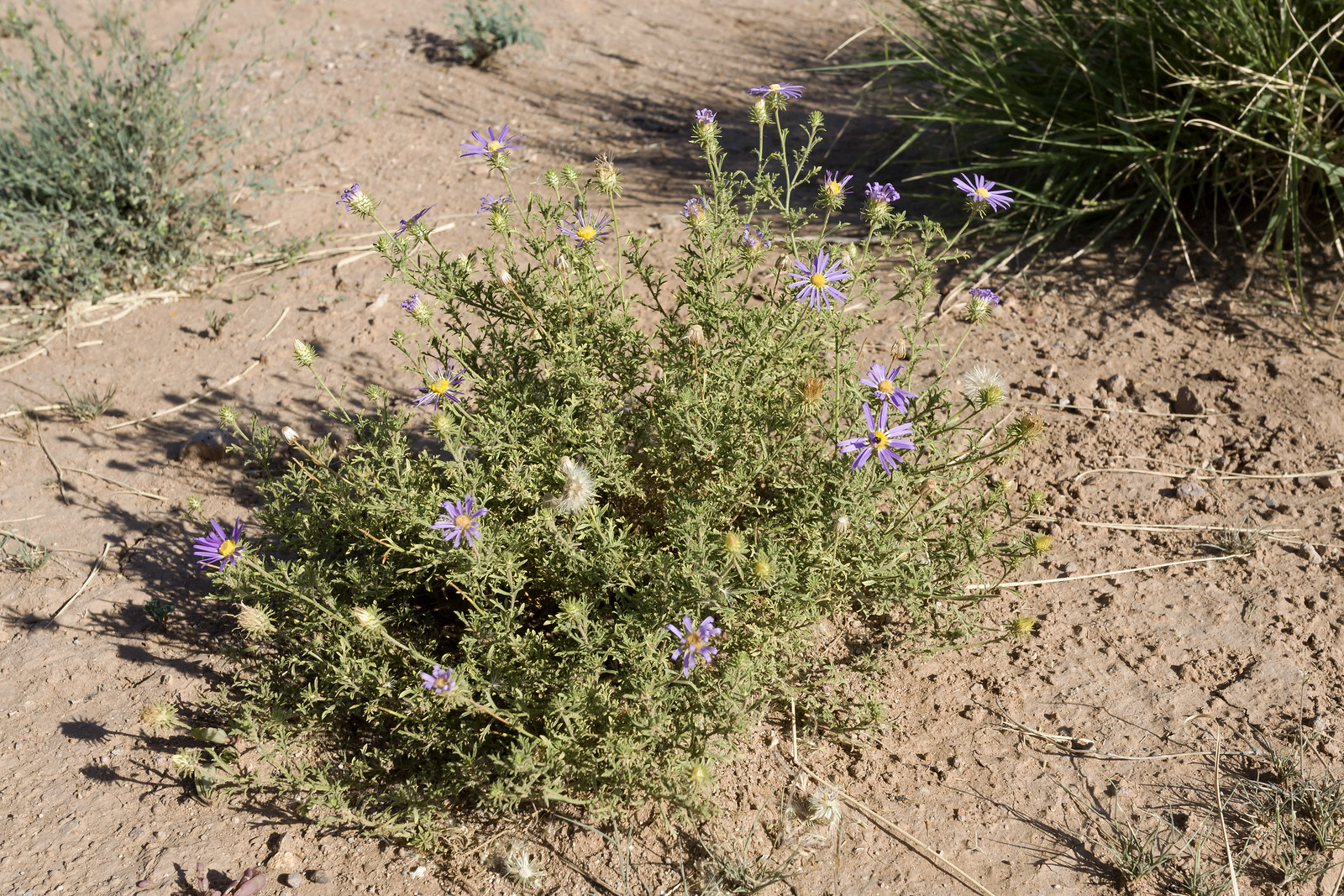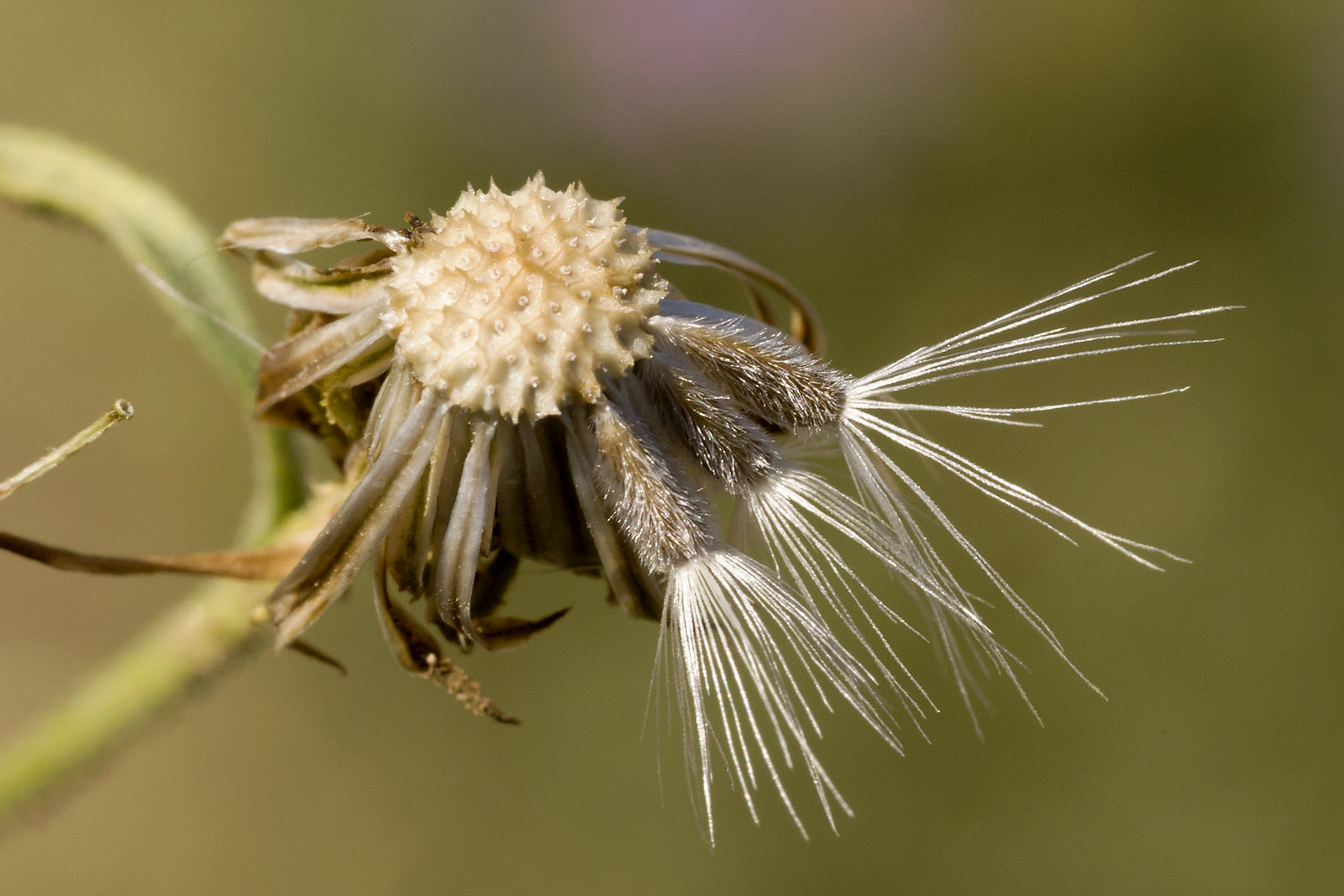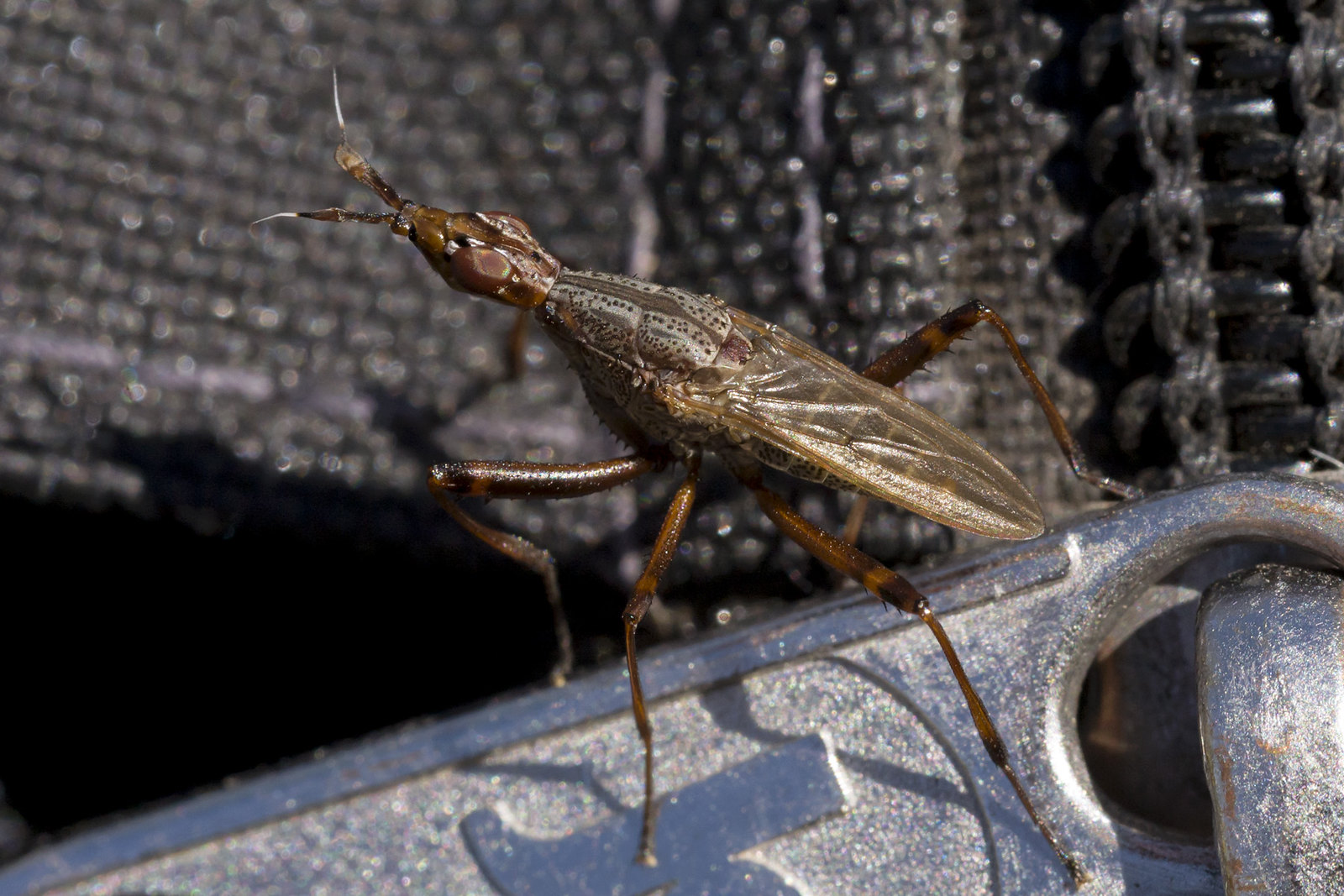
This swallowtail was pollinating cardinal lobelia (Lobelia cardinalis pseudospectabalis) in a wetland along the Whitewater River, August 28 2015

Monkshood (Aconitum columbianum), photographed during a personal trip to the Golden Trout Wilderness in late August 2015
I will be transitioning to a Forest Service employee next week, and will continue the rewarding experience I’ve had as a CLM intern on the San Bernardino National Forest (SBNF) in southern California. The SBNF is one of the nation’s “urban forests”, and is also incredibly diverse floristically. I began my appointment as in intern working for our district botanist. In January 2015, I was extended with funding from our Forest-wide restoration program, which is currently focused on restoring Forest lands damaged by Off-Highway Vehicles.
As a botanist, I’ve been excited about the opportunity to work in a region with such a unique and interesting flora. Almost 2,000 plant taxa have been documented in the San Bernardino Mountains, which means that about 25% of the California flora occurs in this 1,061 square mile range. Finding new occurrences of rare plants is always a bit of a rush, especially when those plants are federally threatened or endangered. I’m especially proud of new finds of white bog adder’s mouth orchid (Malaxis monophyllos brachypoda), San Bernardino Mountains bladderpod (Physaria kingii bernardina), and Parish’s checkerbloom (Sidalcea hickmanii parishii).
The experience as an intern with our Forest-wide restoration program widened my focus immensely. I realized that I had essentially no experience with plant propagation, and had fun learning my way around the greenhouse, researching propagation techniques, and keeping most things alive. I began considering soils, hydrology, pollinators, plant physiology, and even sociology in ways that I hadn’t really thought about as a rare plant surveyor. Restoration work involves more than the observation of plants and their habitats: What soil treatments should we perform to repair compaction and control erosion? How do we control OHV use in this area? What native species are best suited to the site? I also had the chance to help write grants, work with our Urban Conservation Corps, and manage our GIS database.
Many thanks to both my mentors for their guidance throughout my internship, and to CLM staff for their support.
Mountaintop Ranger District
San Bernardino National Forest


